Physical Activity
Indroduction
Physical activity is defined as any bodily movement produced by skeletal muscles that results in energy expenditure. Physical activity in daily life can be categorized into occupational, sports, conditioning, household, or other activities.
BENEFITS OF PHYSICAL ACTIVITY:
▪︎ Has significant health benefits for hearts, bodies and minds
▪︎ Contributes to preventing and managing noncommunicable diseases such as cardiovascular diseases, cancer and diabetes
▪︎ Reduces symptoms of depression and anxiety
▪︎ Enhances thinking, learning, and judgment skills
▪︎ Ensures healthy growth and development in young people
▪︎ Improves overall well-being
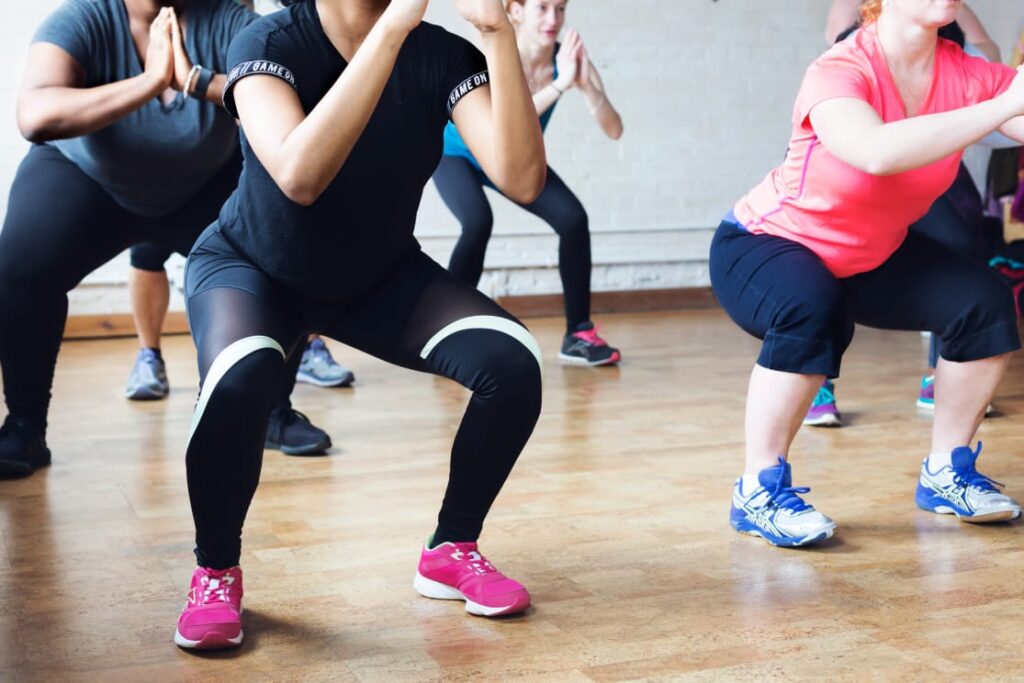
How much of physical activity is recommended?
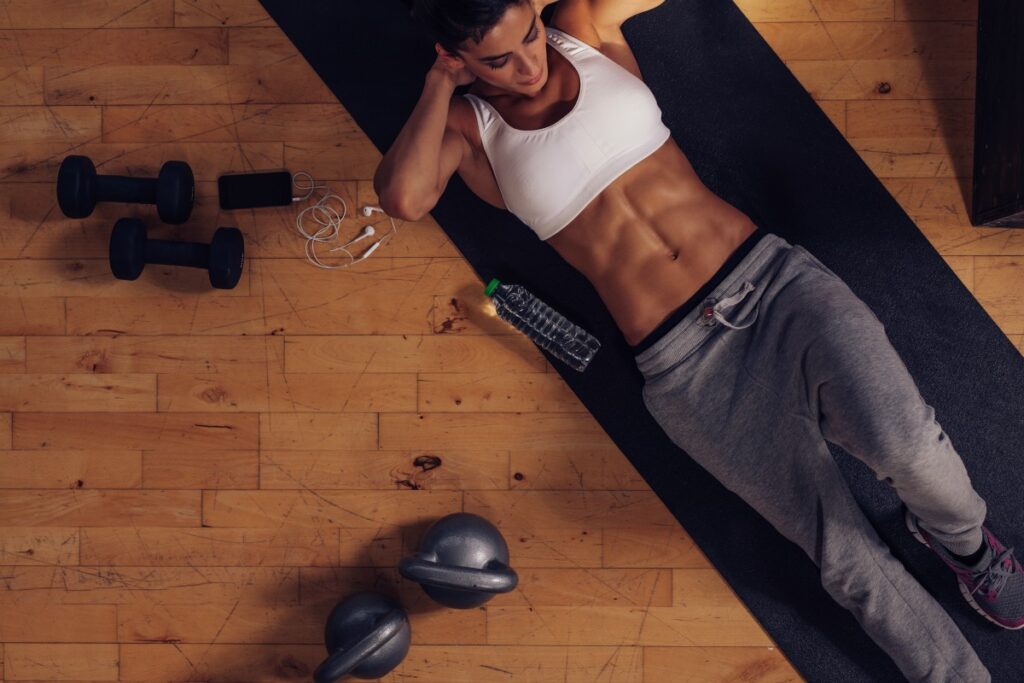
WHO guidelines and recommendations provide details for different age groups and specific population groups on how much physical activity is required:
WHO recommends:
Adults aged 18–64 years
︎should do at least 150–300 minutes of moderate-intensity aerobic physical activity;
- or at least 75–150 minutes of vigorous-intensity aerobic physical activity; or an equivalent combination of moderate- and vigorous-intensity activity throughout the week.
- should also do muscle-strengthening activities at moderate or greater intensity that involve all major muscle groups on 2 or more days a week, as these provide additional health benefits.
- may increase moderate-intensity aerobic physical activity to more than 300 minutes; or do more than 150 minutes of vigorous-intensity aerobic physical activity; or an equivalent combination of moderate- and vigorous-intensity activity throughout the week for additional health benefits.
- should limit the amount of time spent being sedentary. Replacing sedentary time with physical activity of any intensity (including light intensity) provides health benefits, and to help reduce the detrimental effects of high levels of sedentary behavior on health, all adults and older adults should aim to do more than the recommended levels of moderate- to vigorous-intensity physical activity.
Adults aged 65 years and above:
Same as for adults, and as part of their weekly physical activity, older adults should do varied multicomponent physical activity that emphasizes functional balance and strength training at moderate or greater intensity, on 3 or more days a week, to enhance functional capacity and to prevent falls.
Pregnant and postpartum women:
︎All pregnant and postpartum women without contraindication should:
▪︎ Do at least 150 minutes of moderate-intensity aerobic physical activity throughout the week
▪︎ Incorporate a variety of aerobic and muscle-strengthening activities
▪︎ Should limit the amount of time spent being sedentary. Replacing sedentary time with physical activity of any intensity (including light intensity) provides health benefits.
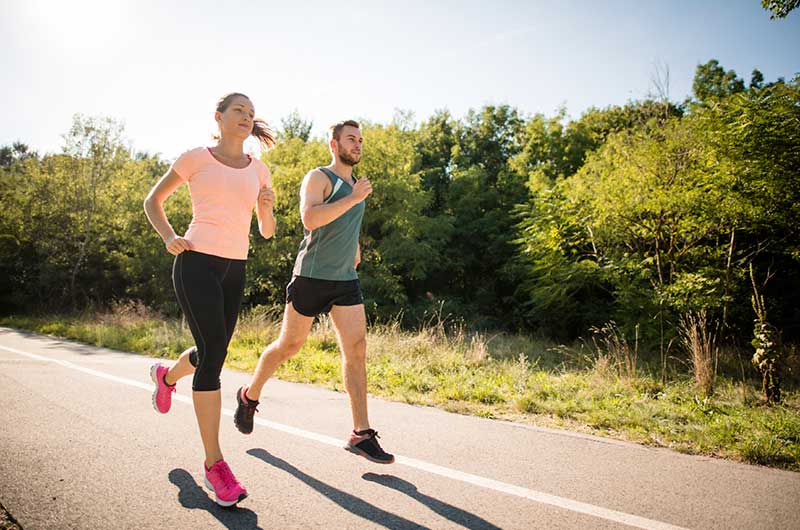
People living with chronic conditions (hypertension, type 2 diabetes, HIV and cancer survivors) :
▪︎︎ Should do at least 150–300 minutes of moderate-intensity aerobic physical activity;
▪︎ Or at least 75–150 minutes of vigorous-intensity aerobic physical activity; or an equivalent combination of moderate- and vigorous-intensity activity throughout the week
▪︎ Should also do muscle-strengthening activities at moderate or greater intensity that involve all major muscle groups on 2 or more days a week, as these provide additional health benefits.
▪︎ As part of their weekly physical activity, older adults should do varied multicomponent physical activity that emphasizes functional balance and strength training at moderate or greater intensity, on 3 or more days a week, to enhance functional capacity and to prevent falls.
▪︎ May increase moderate-intensity aerobic physical activity to more than 300 minutes; or do more than 150 minutes of vigorous-intensity aerobic physical activity; or an equivalent combination of moderate- and vigorous-intensity activity throughout the week for additional health benefits.
▪︎ Should limit the amount of time spent being sedentary. Replacing sedentary time with physical activity of any intensity (including light intensity) provides health benefits, and
▪︎ To help reduce the detrimental effects of high levels of sedentary behavior on health, all adults and older adults should aim to do more than the recommended levels of moderate- to vigorous-intensity physical activity.
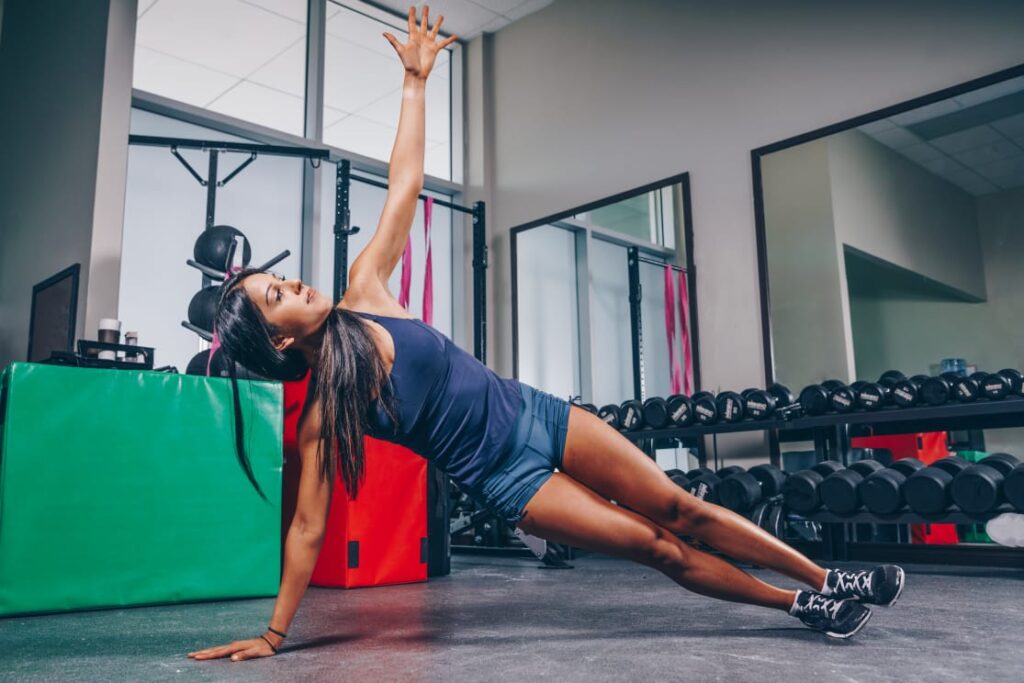
Adults living with disability:
▪︎︎ should do at least 150–300 minutes of moderate-intensity aerobic physical activity; or at least 75–150 minutes of vigorous-intensity aerobic physical activity; or an equivalent combination of moderate- and vigorous-intensity activity throughout the week.
▪︎ Should also do muscle-strengthening activities at moderate or greater intensity that involve all major muscle groups on 2 or more days a week, as these provide additional health benefits.
▪︎ As part of their weekly physical activity, older adults should do varied multicomponent physical activity that emphasizes functional balance and strength training at moderate or greater intensity, on 3 or more days a week, to enhance functional capacity and to prevent falls.
▪︎ May increase moderate-intensity aerobic physical activity to more than 300 minutes; or do more than 150 minutes of vigorous-intensity aerobic physical activity; or an equivalent combination of moderate- and vigorous-intensity activity throughout the week for additional health benefits.
▪︎ Should limit the amount of time spent being sedentary. Replacing sedentary time with physical activity of any intensity (including light intensity) provides health benefits, and to help reduce the detrimental effects of high levels of sedentary behavior on health, all adults and older adults should aim to do more than the recommended levels of moderate- to vigorous-intensity physical activity.
▪︎ It is possible to avoid sedentary behavior and be physically active while sitting or lying. E.g. Upper body led activities, inclusive and/or wheelchair-specific sport and activities.
EXAMPLE OF EXERCISE:
Physical fitness is a set of attributes that are either health- or skill-related. Being physically fit has been defined as “the ability to carry out daily tasks with vigor and alertness, without undue fatigue and with ample energy to enjoy leisure-time pursuits and to meet unforeseen emergencies “The degree to which people have these attributes can be measured with specific tests.
Exercise is a subset of physical activity that is planned, structured, and repetitive and has as a final or an intermediate objective the improvement or maintenance of physical fitness.
Physical fitness measures are closely allied with disease prevention and health promotion, thus it is common and appropriate to measure components of physical fitness before preventive and rehabilitative programs. Physical fitness can be modified through regular physical activity and exercise. Physical fitness components have been shown to have a significant positive relationship with enhanced outcomes in physical activity, including sports participation.
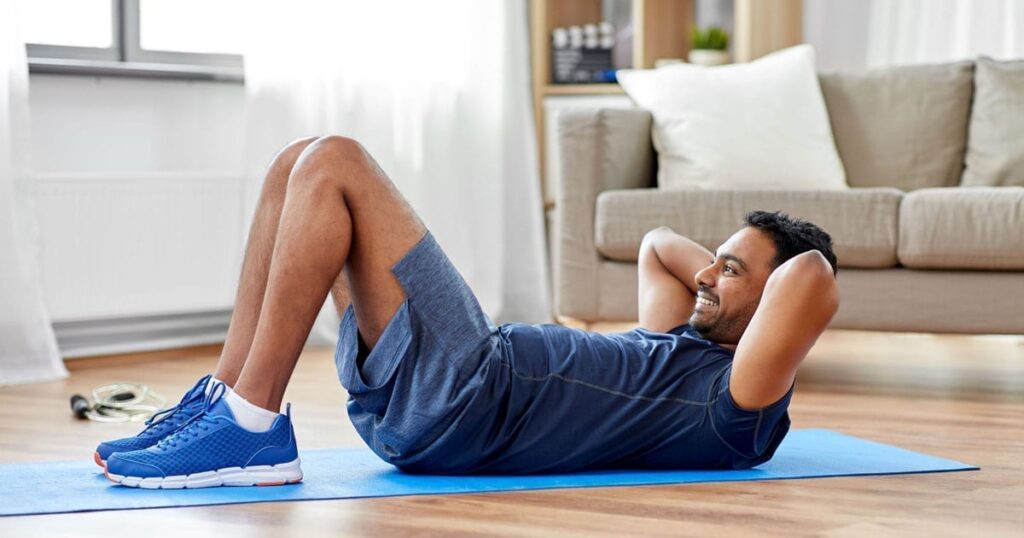
Components of Physical Fitness:
There are total 11 components of physical fitness which can be broadly divided into health- related and skill-related.
Health- related
Good health have a strong relationship with health related components of physical fitness because it determines the ability of an individual to perform daily activities with vigor and demonstrate the capacities associated with low risk of premature development of the hypokinetic diseases.
The main aims of health-related fitness testing are :
▪︎ Educating clients about their present health-related fitness status in relationship to standard age and sex- matched normative values
▪︎ Providing data that are helpful for making clinical decision while prescribing exercises to address all fitness components
▪︎ Collecting baseline and follow up data that allow evaluation of progress by exercise program participants Motivating participants by establishing SMART goals Stratifying cardiovascular risk.
There are five components of health-related physical fitness: body composition, muscular endurance, muscular strength, cardiovascular endurance and flexibility.
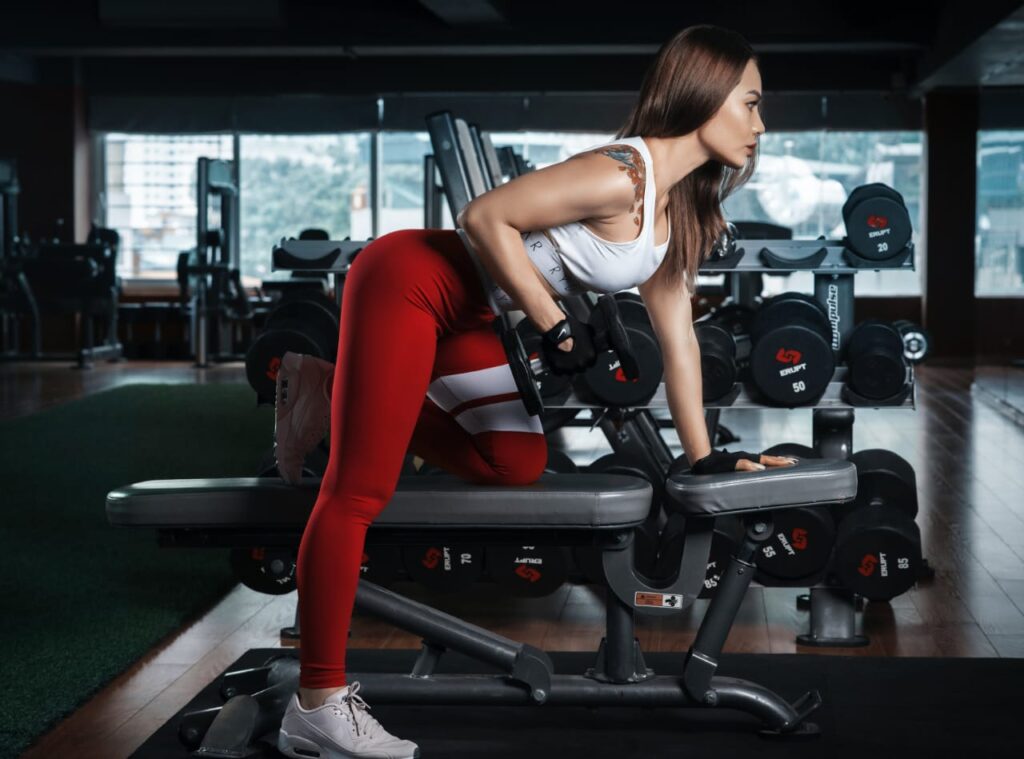
Body Composition
Body composition can be expressed as the relative percentage of body mass that is fat and fat-free tissue using a two-compartment model. It can be measured with both laboratory and field techniques that vary in terms of complexity, cost, and accuracy. Anthropometric methods are: Body mass index, Circumferences and Skinfold measurements. Hydrodensitometry weighing, plethysmography are some methods used in lab.
Muscular Fitness
It include muscular endurance and strength. They determine bone mass, glucose tolerance, musculotendinous integrity, and ability to carry out ADLs. Muscle function tests are very specific to the muscle group tested , the type of contraction, the velocity of muscle movement, the type of equipment, and the joint range of motion.
Muscular Strength:
It is the muscle’s ability to exert force. It can be assessed either statically or dynamically . Static or isometric strength can be assessed by using various devices such as dynamometer and tensiometers. 1 repetition maximum (1- RM), the greatest resistance that can be moved through the full range of motion in a controlled manner with good posture, is the standard for dynamic strength assessment.
Muscular Endurance:
It is the ability of muscle group to execute repeated contractions over a period of time sufficient to cause muscle fatigue, or to maintain a specific percentage of the maximal voluntary contraction for a prolonged period of time. Absolute muscular endurance is the total number of repetitions at a given amount of resistance is measured. Relative muscular endurance is the number of repetitions performed at a percentage of the 1 -RM (eg: 75%) which is in both pre- and post-testing.
Flexibility:
Flexibility is the ability to move a joint through its complete range of motion. It is important in the ability to carry out ADLs and in athletic performance. It depends on a number of specific variables including distensibility of the joint capsule, adequate warm-up, and muscle viscosity. Flexibility is joint specific, thus, no single flexibility test can be used to evaluate total body flexibility. Goniometers, inclinometers, electrogoniometers, the Leighton flexometer and tape measures are some common devices to measure flexibility in degrees. Sit and reach test is one of the flexibility test.
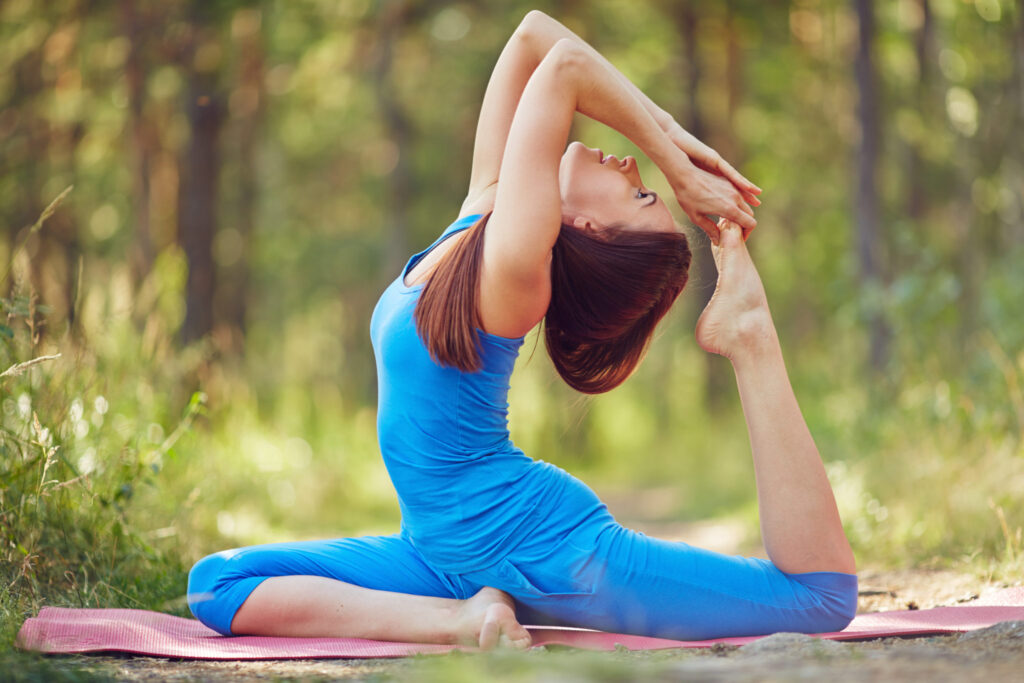
Cardiorespiratory Endurance:
Cardiorespiratory fitness is related to the ability to perform large muscle, dynamic, moderate to high intensity exercise for prolonged periods. The performance depends upon the functional state of the respiratory, cardiovascular, and skeletal muscle systems. the criterion measure of cardiorespiratory fitness is determined by maximal oxygen uptake (VO2max).
Skill-related
▪︎ It is also known as performance-related fitness components. These components are pertaining with the athletic ability of an individual.
▪︎ There are 6 components of physical fitness: balance, co-ordination, agility, speed , power, and reaction time.
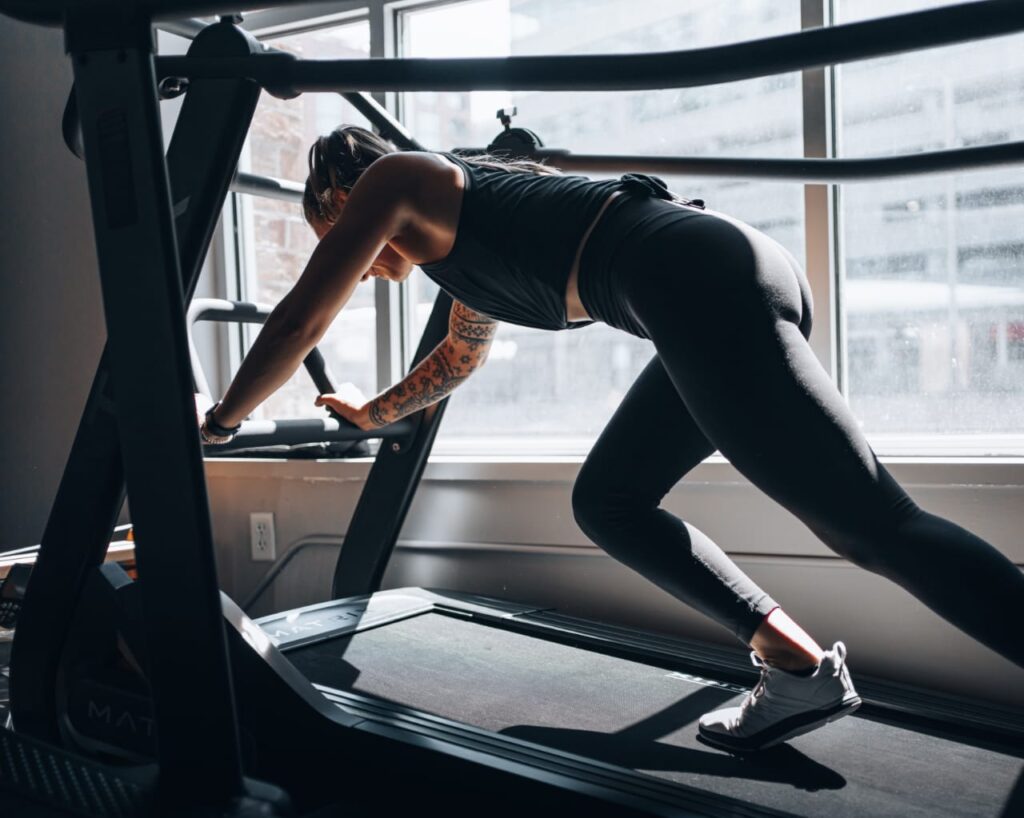
Balance
︎Balance is the ability of an individual to maintain their line of gravity within their base of support. It can be classified into static and dynamic. Balance is control by three different system: somatosensory, visual and vestibular system. It can be assessed by various outcome tools such as berg balance scale, BESTest, etc.
Coordination
It is the ability to use the senses, such as sight and hearing, together with body parts in performing motor tasks smoothly and accurately. Alternate hand wall toss test is one the test via which co-ordination can be assessed.
Agility
Agility is defined as “a rapid whole-body movement with change of velocity or direction in response to a stimulus”.
Power
▪︎ It is the rate at which one is able to exert maximal force. Vertical jump test and hop test are some examples of power testing for lower extremity.
▪︎ Medicine ball throw test can be used to assess upper extremity power.
Reaction time
Reaction time is related to the time elapsed between stimulation and the beginning of the reaction to it. Reaction time is affected by several variables including attentive, cognitive and motor functions. Three basic reaction time paradigms have been described:
Simple reaction time:
▪︎ Has a single stimulus and a single predefined response,
recognition reaction time :
▪︎ Has several false stimuli mixed with one correct stimulus prompting the response, and
choice reaction time :
▪︎ Involves multiple stimuli and differing responses for each stimulus.
It can be assessed via Ruler drop test.
Speed
It relates to the ability to perform a movement within a short period of time. . Speed combined with strength will provide power and force. Sprint test is one of the example of the test that can be used to examine person’s speed.
